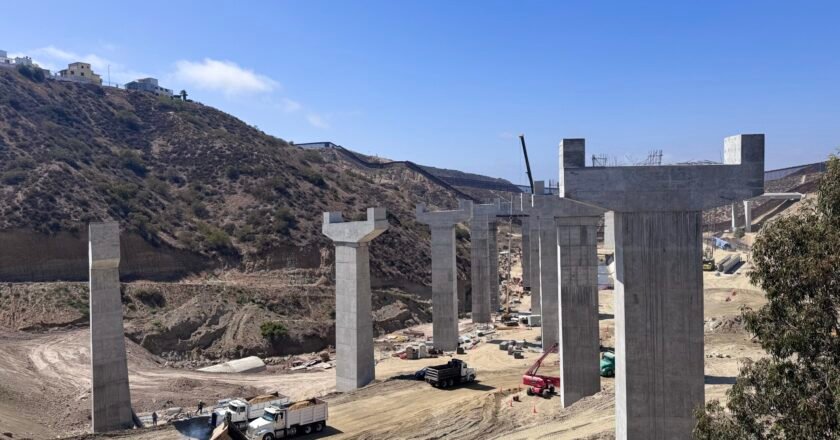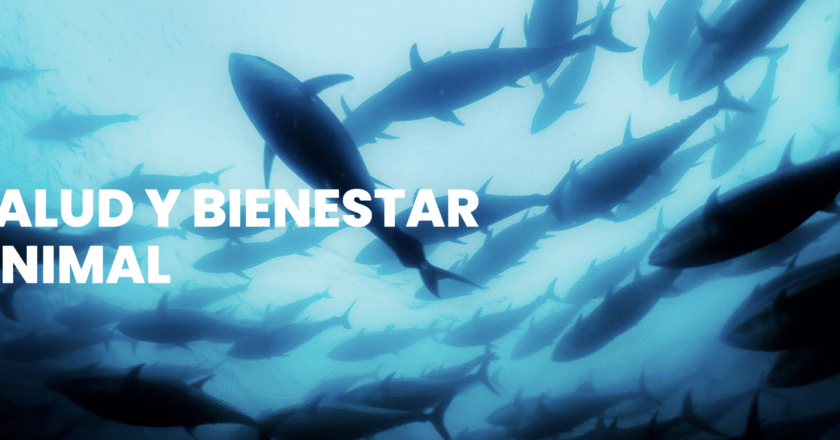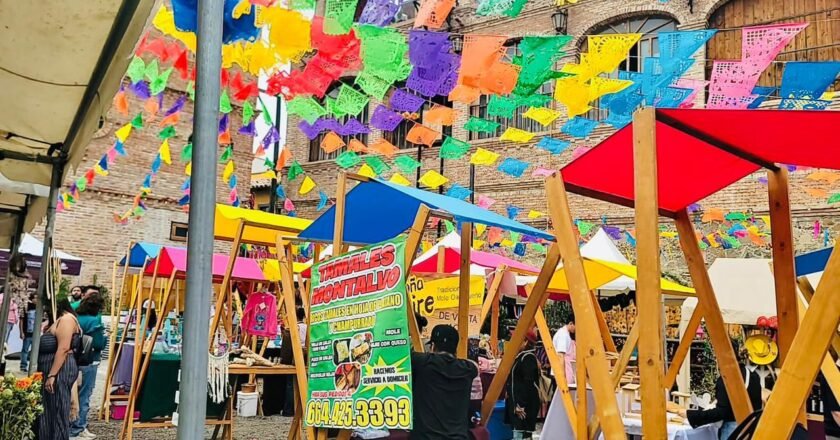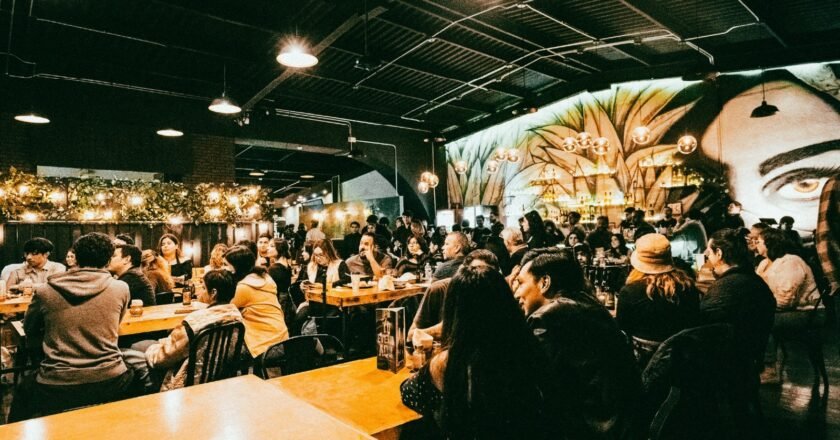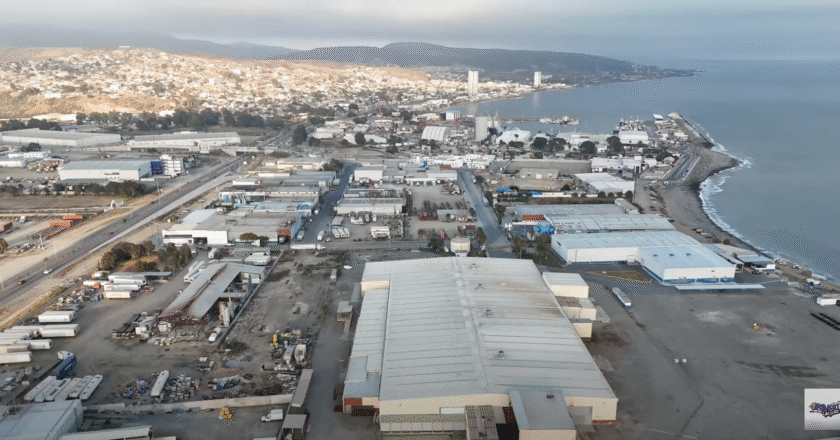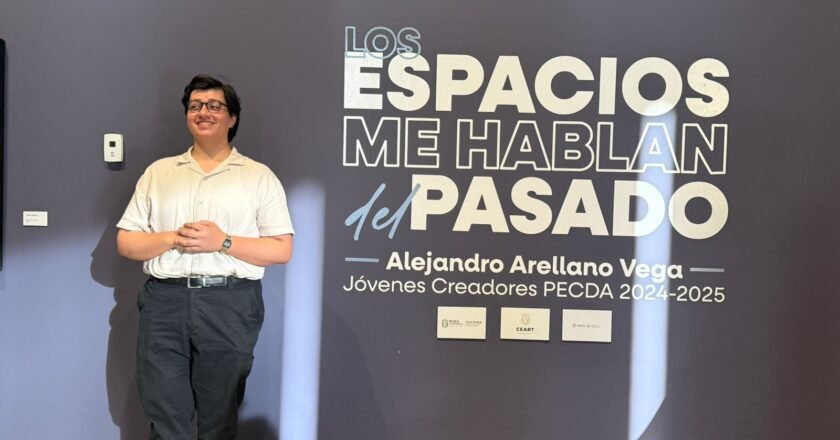While President Trump stirred up fizzy feelings in the U.S. by demanding Coca-Cola “the old-fashioned way,” folks in Baja are just sipping, smiling, and shrugging.
Because down here, we’ve always preferred the real thing.
What’s All the Fizz About?
During a recent interview, Trump shared he wants Coca-Cola with cane sugar again—like in the good ol’ days. No corn syrup. No lab tricks. Just sugar. His words sparked both nostalgia and confusion, especially among Americans who’ve been unknowingly gulping high-fructose corn syrup (HFCS) for decades.
In contrast, Mexico’s Coca-Cola still uses real cane sugar. The result? A crisper, cleaner flavor that actually tastes like something you’d want to put in your body. It’s been that way for years—and yes, it’s noticeably better (or so everyone says after the first glass-bottle chug).
So, What’s the Difference?
Let’s break it down. HFCS is a sweetener derived from corn. It’s cheaper, sweeter, and favored in U.S. manufacturing thanks to government subsidies and tariffs.
Cane sugar (sucrose), on the other hand, is pricier but arguably more natural. And more delicious. Some studies claim people can’t tell the difference. But fans of Mexican Coke beg to differ. They say it’s less syrupy, more refreshing, and leaves zero weird aftertaste.
So, while 93% of the sweetener used in the U.S. is HFCS, here in Baja it’s cane sugar or nada.

Could This Really Change Anything?
Well, maybe. But replacing HFCS with cane sugar in U.S. products would be a logistical sugarquake. Imports from top-producing countries like Mexico, Brazil, and India would need to rise sharply. That could disrupt trade quotas and ruffle feathers from Nebraska to Wall Street.
And then there’s Big Corn. They’re not exactly keen on giving up their syrupy empire.
Baja’s Already There
If Trump wants sugar Coke, he just needs to visit Baja—or better yet, move here. We’ve got it chilled, bottled in glass, and ready to go. You can find it at any corner store, paired perfectly with street tacos and sea breeze.
So, What’s Your Take?
Are you Team Mexican Coke or Team HFCS? Let us know. And if you’re not in Tijuana, Mexicali, Rosarito, Tecate or Ensenada this might be the perfect excuse to visit. Taste the difference, enjoy the views, and maybe—just maybe—smuggle a six-pack back home.


